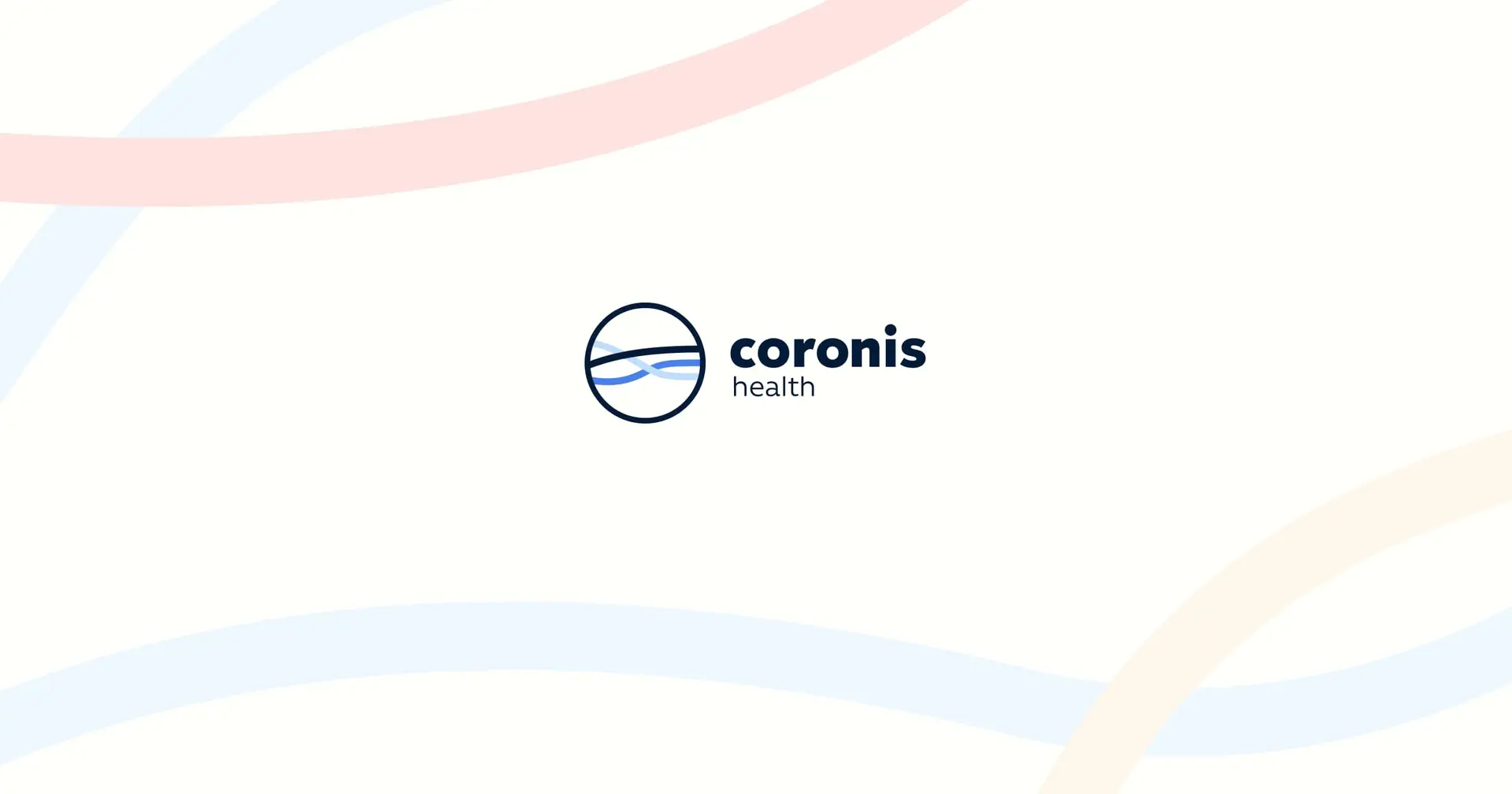Groups like the American Medical Association which lobbied hard for another ICD-10 delay had their wish granted on Monday evening. The healthcare industry anxiously watched as the Senate carried a majority vote in favor of an SGR patch and ICD-10 go-live delay. To date, your business partners and vendors have helped pave the way for a smooth transition to what was an October 1, 2014 go-live of ICD-10. The question remains, aside from the noteworthy financial impact of the SGR fix, how will prolonging the inevitable transition to ICD-10 help providers?
Many providers who favored a delayed start are the same professionals who provide guidance or help us achieve better health. As a patient, I would be scolded by my doctor for choosing to address a problematic wound with countless bandages rather than coming in for an office visit. This legislation is no different, and it is a temporary bandage for those who reluctantly viewed the 2014 transition as a nagging wound that would be better served by being ignored. According to a recent survey, Health IT Outcomes reported that nearly 75% of providers are not ready for ICD-10. The time will come when those folks will feel like Looney Tune’s Wile E. Coyote when he realizes (with a panic) he has run off a cliff and the rules of gravity are about to apply. Monday’s announcement is a temporary win for anyone who failed to prepare for the transition to ICD-10, especially providers who were relying solely on their EHR vendors and staff to do everything for them.
For many of us whose primary attention is at the heart of ICD-10 and how it relates to revenue cycle, what is often overlooked is how provider workflow has been impacted in recent years beyond ICD-10. While practice management systems have been omnipresent for decades, adoption of EHR systems is relatively new. I have met providers who opted for early retirement in lieu of behavioral changes in their clinical documentation from a paper world to an electronic one. What’s more, the pressures of fulfilling the requirements for Meaningful Use Stage 2 and for health centers pursuing PCMH, the effort is ongoing.
Don’t allow Monday’s postponement diminish how you think about your current investment in ICD-10 education, training, and upgrades to your software. For folks who have maintained steady momentum over the past several weeks or even months, there is no need to stop now. I have always taken the “cup half full” approach in life, and now is a perfect opportunity to embrace the same attitude. The additional time should afford better preparation and cohesion among all of your staff around ICD-10. This is especially true for providers who have been less involved. As John Wooden said, “Failing to prepare is preparing to fail.”
Groups like the American Medical Association which lobbied hard for another ICD-10 delay had their wish granted on Monday evening. The healthcare industry anxiously watched as the Senate carried a majority vote in favor of an SGR patch and ICD-10 go-live delay. To date, your business partners and vendors have helped pave the way for a smooth transition to what was an October 1, 2014 go-live of ICD-10. The question remains, aside from the noteworthy financial impact of the SGR fix, how will prolonging the inevitable transition to ICD-10 help providers?
Many providers who favored a delayed start are the same professionals who provide guidance or help us achieve better health. As a patient, I would be scolded by my doctor for choosing to address a problematic wound with countless bandages rather than coming in for an office visit. This legislation is no different, and it is a temporary bandage for those who reluctantly viewed the 2014 transition as a nagging wound that would be better served by being ignored. According to a recent survey, Health IT Outcomes reported that nearly 75% of providers are not ready for ICD-10. The time will come when those folks will feel like Looney Tune’s Wile E. Coyote when he realizes (with a panic) he has run off a cliff and the rules of gravity are about to apply. Monday’s announcement is a temporary win for anyone who failed to prepare for the transition to ICD-10, especially providers who were relying solely on their EHR vendors and staff to do everything for them.
For many of us whose primary attention is at the heart of ICD-10 and how it relates to revenue cycle, what is often overlooked is how provider workflow has been impacted in recent years beyond ICD-10. While practice management systems have been omnipresent for decades, adoption of EHR systems is relatively new. I have met providers who opted for early retirement in lieu of behavioral changes in their clinical documentation from a paper world to an electronic one. What’s more, the pressures of fulfilling the requirements for Meaningful Use Stage 2 and for health centers pursuing PCMH, the effort is ongoing.
Don’t allow Monday’s postponement diminish how you think about your current investment in ICD-10 education, training, and upgrades to your software. For folks who have maintained steady momentum over the past several weeks or even months, there is no need to stop now. I have always taken the “cup half full” approach in life, and now is a perfect opportunity to embrace the same attitude. The additional time should afford better preparation and cohesion among all of your staff around ICD-10. This is especially true for providers who have been less involved. As John Wooden said, “Failing to prepare is preparing to fail.”
